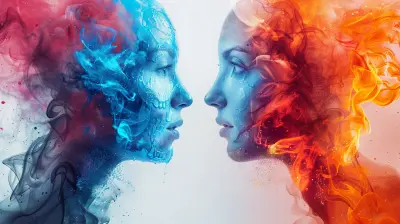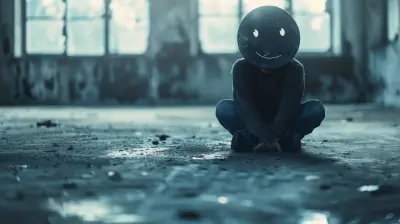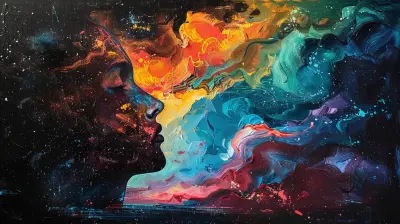Addiction and Loneliness: How Isolation Fuels Dependency
18 October 2025
Let’s have a real talk about something that creeps into our lives unnoticed and leaves wreckage in its wake—addiction. But what’s often left out of that conversation is how loneliness slithers beneath the surface and fuels that addiction like gasoline on a fire.
Think about it. Ever felt that quiet void? That ache of not feeling connected, seen, or understood? That’s loneliness. And unfortunately, it’s not just about being physically alone—you can be surrounded by people and still feel isolated. When those feelings settle in, addiction often shows up like a “solution”… but it’s the kind that digs in its claws and doesn’t let go.
So, in this post, we're diving deep into the messy, painful, and very real connection between addiction and loneliness. We’ll peel back the layers together and talk about why isolation can be so dangerous and how we can fight back.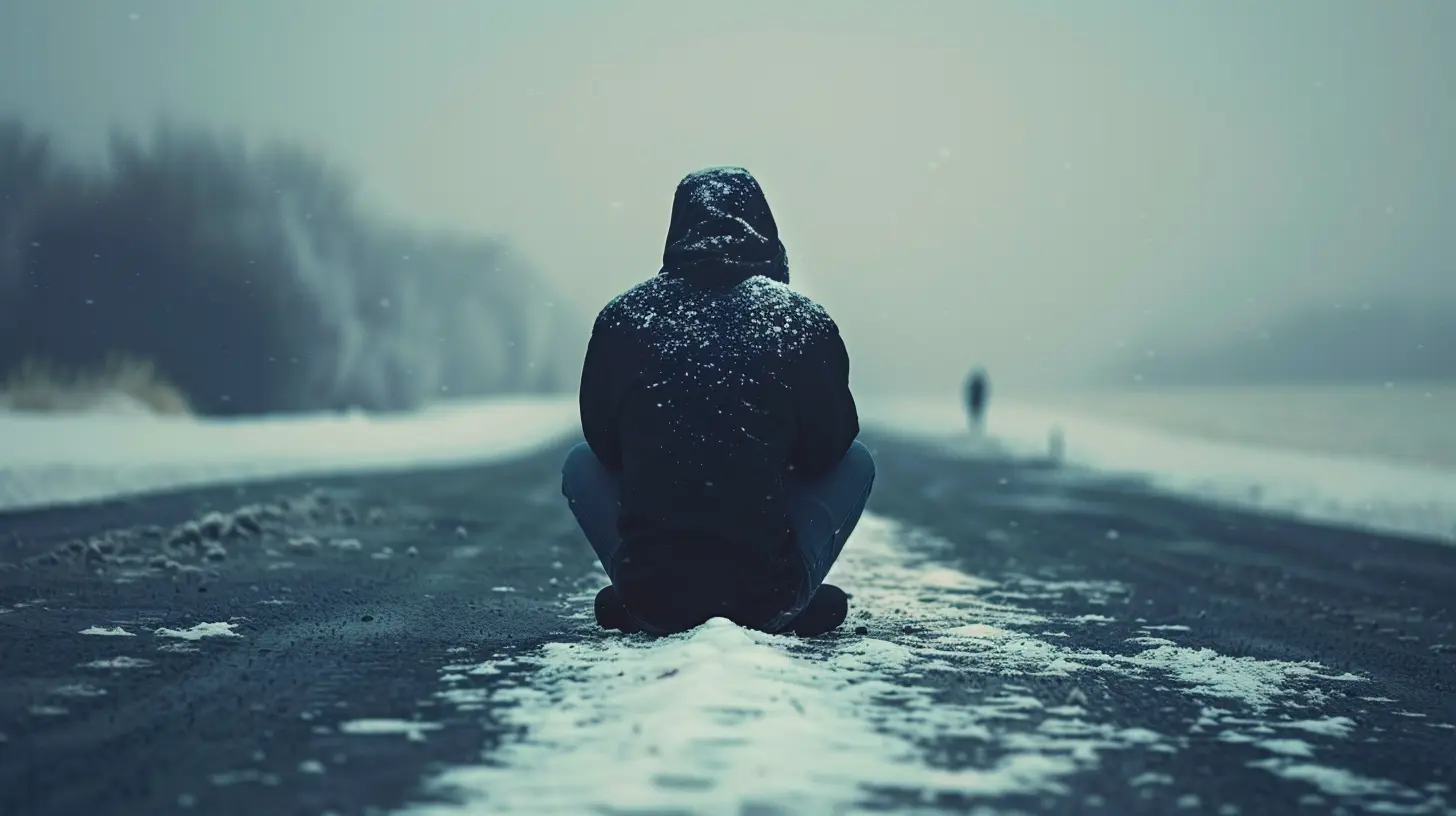
The Hidden Link Between Loneliness and Addiction
Here’s the deal: loneliness isn’t just an emotion—it’s a trigger. And like any other trigger, it lights the fuse for unhealthy coping mechanisms. When someone feels chronically lonely, it creates a deep sense of emotional pain. That's when the brain starts yelling: “Find comfort! Find relief! Find anything to numb this.”That’s where addiction strolls in, pretending to be a friend.
Whether it’s alcohol, drugs, gambling, food, social media, or even compulsive shopping—these behaviors offer a fake sense of connection, relief, or escape. But it’s a trap. The more we reach for them, the more isolated we become.
It’s like trying to quench thirst with saltwater. It feels like it helps at first... but it just dehydrates you more.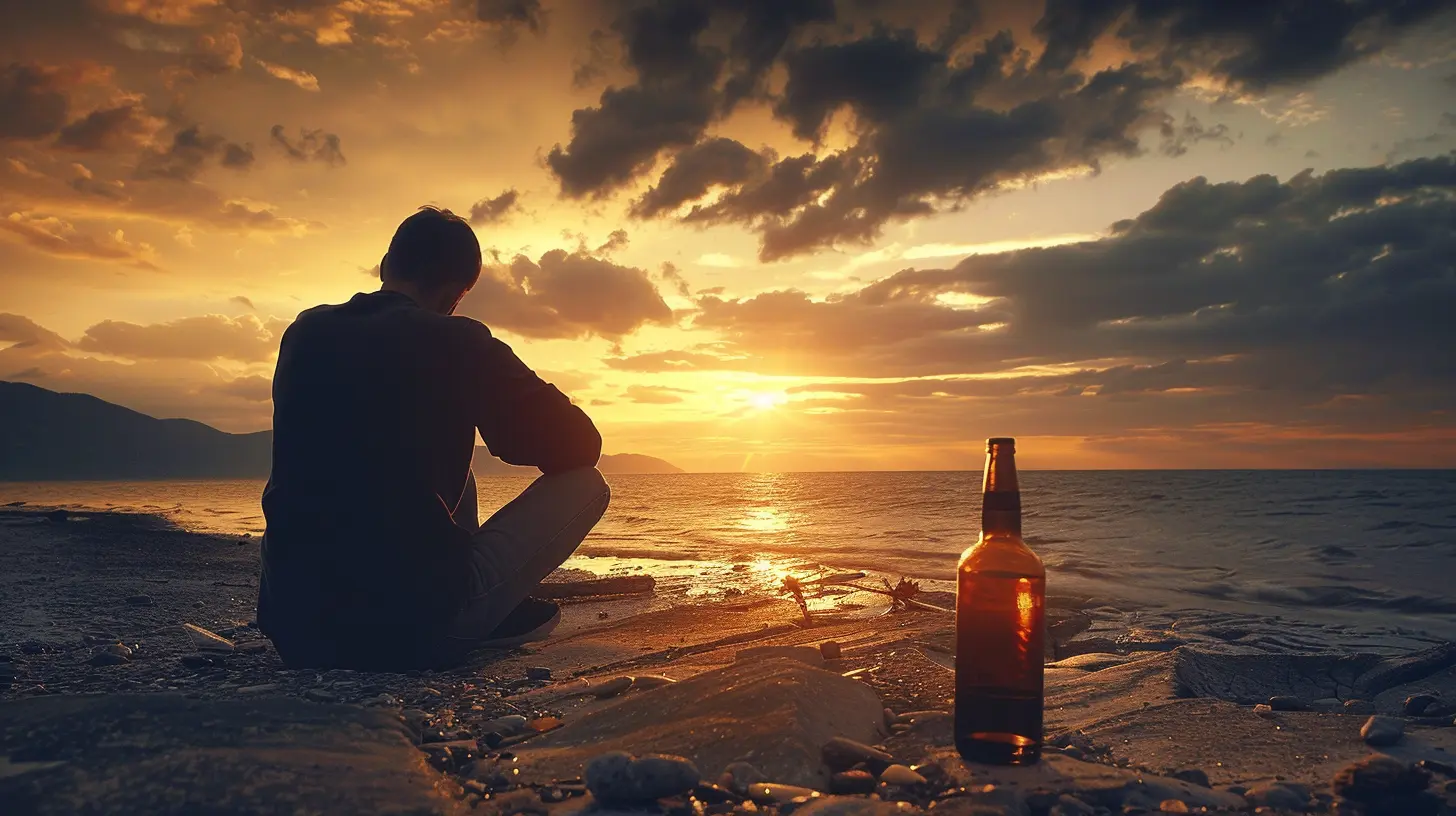
Why Does Loneliness Hurt So Much?
At a biological level, we’re wired for connection. Humans are social creatures—it’s baked into our DNA. Back in the caveman days, being alone meant being vulnerable. Alone? You could get eaten. Together? You survive.Fast forward to today, and while we don’t have tigers chasing us, our brains still react to social isolation like it’s a threat to our survival. Chronic loneliness triggers the same stress responses as physical danger: our cortisol (stress hormone) levels spike, our immune systems weaken, and our minds start panicking.
That’s why loneliness physically hurts. It’s not in your head—it’s in your whole body.
And when you’re in that kind of pain, it’s totally understandable to reach for anything that dulls it, even temporarily.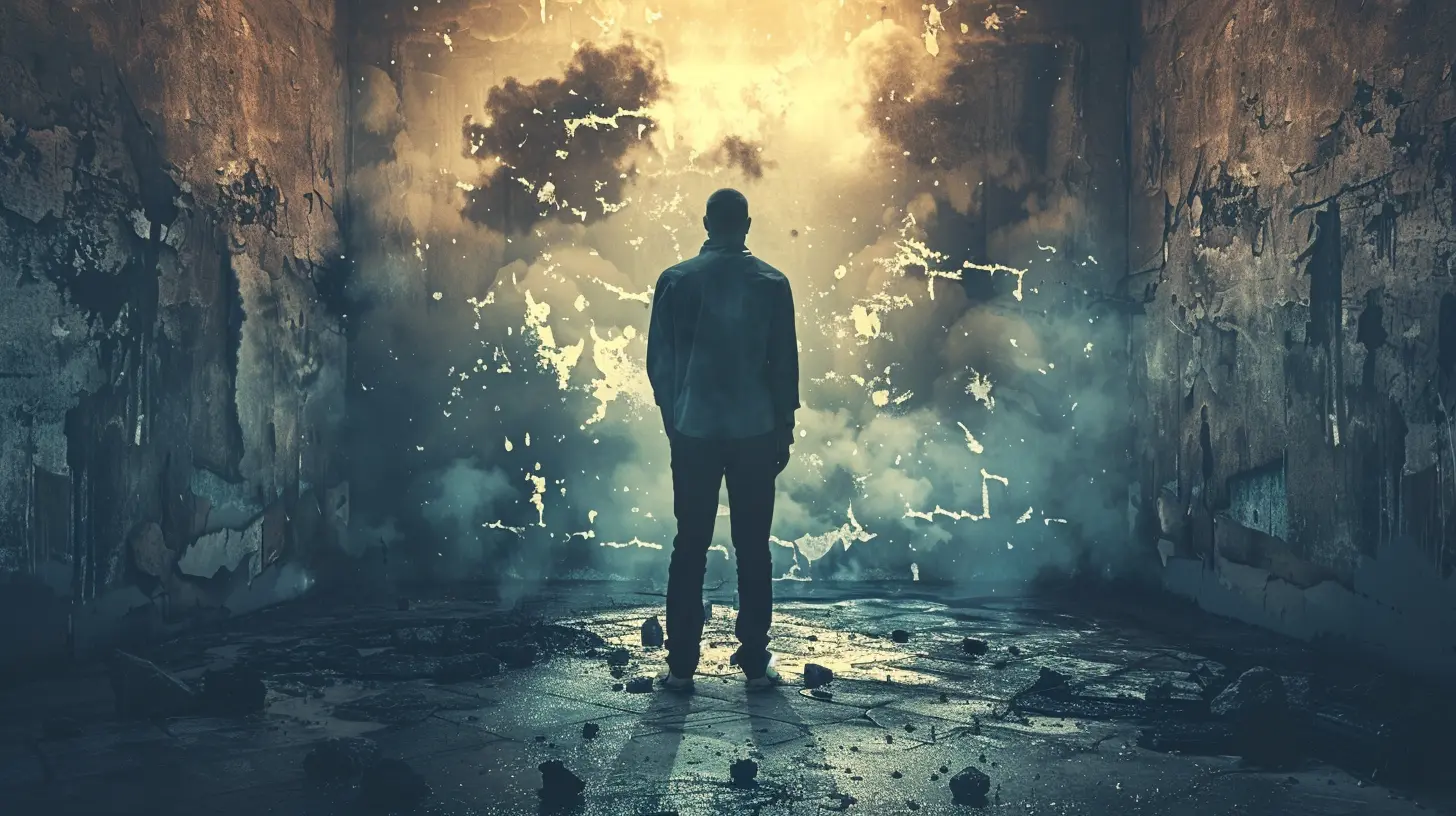
How Addiction Feeds on Isolation
Let’s break it down. Addiction thrives in the shadows. It needs secrecy, shame, and silence to grow.When someone feels isolated, they’re less likely to ask for help. They think, “No one cares... I’m better off alone... I don’t want to be a burden.” That internal dialogue builds a wall between them and the world.
So what happens?
They retreat into their vice. It becomes their comfort zone, their routine, their (false) friend. And the more they indulge in that behavior, the more they alienate themselves from others—because of guilt, shame, or just plain withdrawal.
It's a vicious, self-perpetuating cycle: loneliness → addiction → deeper loneliness → stronger addiction.
Before they know it, they’re trapped in a loop that feels impossible to escape.
The Role of Technology and Social Media
Okay, let’s be honest—how many of us scroll through Instagram or TikTok when we feel lonely? It's designed to feel like a connection. But spoiler alert: it’s often just smoke and mirrors.Technology can be a double-edged sword. While it has the potential to connect us, it often fuels comparison, envy, and that dreaded feeling of not being “enough.” This false sense of connection can actually intensify loneliness.
And when that loneliness festers, it may push people deeper into addictive patterns—be it compulsive scrolling, gaming, or even substance use as a way to numb the emptiness.
So yeah, social media might give us the illusion we’re plugged in… but emotionally? We’re more disconnected than ever.
Mental Health and the Double Whammy
Here’s where it gets even messier. Loneliness and addiction often come hand-in-hand with depression, anxiety, and low self-worth.When someone starts retreating from the world and burying themselves in addictive behaviors, their mental health usually takes a nosedive. They sleep less, eat worse, stop exercising, and cut off social ties. That makes them feel worse, which leads to more addictive behavior.
See the spiral here?
Addiction isn’t just a “bad habit.” It’s often a symptom of deeper emotional wounds—including the aching emptiness of chronic loneliness.
Not Just a You Problem—A We Problem
This whole conversation needs to expand beyond “personal responsibility.” Yes, we all have to take ownership of our healing. But let’s not ignore the fact that we’re living in a society that breeds disconnection.- We glorify busyness
- We promote toxic independence
- We stigmatize vulnerability
- We value productivity over connection
In many ways, our cultural environment sets the stage for loneliness and, by extension, addiction. That means we need more than just personal willpower—we need community-driven, compassionate solutions.
Signs That Loneliness Might Be Fueling Addiction
Wondering if you or someone you care about might be stuck in this loop? Here are some red flags:- Using substances or behaviors to cope with boredom or sadness
- Feeling more disconnected even after using the “escape”
- Avoiding social situations in favor of the vice
- Feeling shame or guilt after indulging
- Losing interest in relationships or hobbies
- Constant internal dialogue whispering, "I’m alone in this"
If any of these hit close to home, don’t ignore them. They’re cues from your mind and body that something deeper needs attention.
The Good News: Connection Heals
Here’s the beautiful flip side: while loneliness can fuel addiction, connection can fuel recovery.No one heals in a vacuum. Human beings need other human beings to thrive, and recovery—real, deep, lasting recovery—is rooted in connection.
It could be through:
- Therapy or counseling
- Group meetings like AA or NA
- Peer support groups
- Friendships where vulnerability is welcome
- Family bonds (even if they need a little repair first)
- Online communities (yes, they can be healthy if used right)
Even one meaningful connection can be the lifeline someone needs to climb out of the spiral.
Tips to Break the Cycle of Loneliness and Addiction
Let’s say you're stuck in the loop and want out. Where do you even start? Here are some small-but-mighty steps to begin:1. Talk to Someone—Anyone You Trust
Opening up feels scary, but it's also the antidote to loneliness. Whether it's a friend, sibling, counselor, or even a support hotline—speaking your truth makes a difference. You don’t have to have the perfect words. Just be honest.2. Find a Recovery Tribe
There are groups out there for everything. Seriously—whatever your struggle, someone else has been there. And they’re waiting to help you walk through it together.Check out online groups, local meetups, or support apps like Sober Grid or In The Rooms.
3. Establish a Routine
Addiction and loneliness love chaos. A solid routine reintroduces stability, control, and purpose into your life. Start with simple habits—waking up at the same time, drinking water in the morning, journaling for five minutes.Small wins build momentum.
4. Lean Into Hobbies
Hobbies are like therapy with a side of joy. Pick up something that brings you peace or makes you feel alive—painting, cooking, hiking, even just binge-listening to a true crime podcast.The goal is to shift your focus from self-numbing to self-expression.
5. Practice Gentle Self-Talk
This might sound woo-woo, but trust me on this—be kind to yourself. That inner critic? Mute it. Instead, practice speaking to yourself like you’d speak to a struggling friend. Compassion rewires the brain in powerful ways.What If You’re Watching a Loved One Struggle?
Watching someone you love battle loneliness and addiction can be gut-wrenching. You might feel helpless, angry, or totally burnt out. Here’s what helps:- Be present, even if they push you away
- Avoid shaming or lecturing—it never works
- Encourage them to talk without pressuring
- Provide resources but avoid “rescuing”
- Take care of YOUR mental health, too
Boundaries + empathy = the best chance of supporting them and preserving your own sanity.
Final Thoughts: The Way Forward
Addiction and loneliness are two of the most stubborn monsters many of us will ever face—but they are not unbeatable. There is so much hope.The key is recognizing that they feed off each other. So if we want to break the chains of one, we need to address both. That means choosing connection over withdrawal, vulnerability over silence, and community over isolation.
And you don’t have to wait for rock bottom. Every moment is a new chance to reach out, reconnect, and rebuild your life, brick by brick.
You deserve a life that isn’t just “surviving,” but actually thriving. And it all starts with one thing:
Connection.
all images in this post were generated using AI tools
Category:
AddictionAuthor:

Gloria McVicar
Discussion
rate this article
1 comments
Lara Wyatt
This article insightfully highlights the intricate link between loneliness and addiction, emphasizing the need for social connection in recovery. Acknowledging this relationship can foster more effective treatment approaches.
November 5, 2025 at 4:23 AM

Gloria McVicar
Thank you for your thoughtful comment! I'm glad you found the connection between loneliness and addiction insightful—social connection is indeed crucial for effective recovery.
